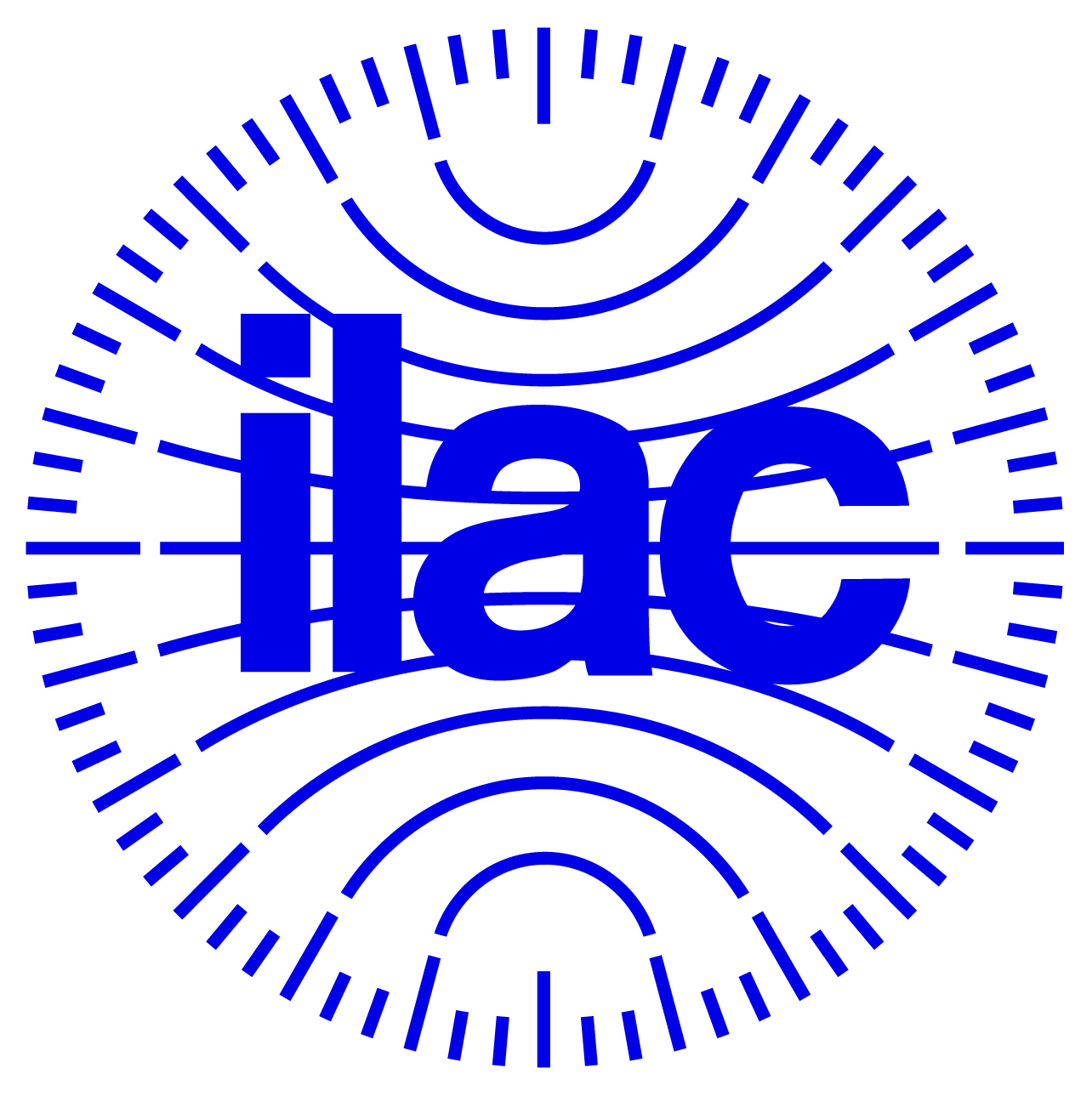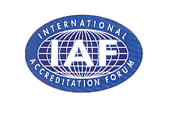Mutual Recognition Arrangement (MRA)
The objective of the Mutual Recognition Arrangement (MRA) is to develop a global network of conformity assessment bodies. This includes certification bodies, testing and calibration laboratories, and inspection bodies, which can be relied on to provide competent services, such as certification activities, testing, calibration and inspection. Key to international trade, the MRAs promote cross border stakeholder confidence and the acceptance of accredited conformity assessment bodies.
Benefit from MRAs?
SAC’s signatory status in the MRAs is a global passport for enterprises in Singapore. There is no need for duplicative re-testing, re-inspection or re-calibration of goods upon entry to importing countries. Moreover, government agencies these days rely more on results from accredited facilities as well as those of the MRA partners, as they begin to realise the credibility of accreditation programmes that are based on internationally recognised standards.
How do MRAs work?
An MRA is based on the results of intensive peer evaluation of its signatories. The accreditation body to the MRA must agree to abide by the requirements in ISO/IEC 17011: Conformity assessment - General Requirements for accreditation bodies accrediting conformity assessment bodies. They must ensure that the conformity assessment bodies that they accredit conform to standards, such as ISO/IEC 17025 and ISO 15189 for laboratories, ISO/IEC 17020 for inspection bodies, and ISO/IEC 17065 and ISO/IEC 17021 for accreditation of certification bodies.
How to Recognise Accredited Reports & Certificates?
Once a laboratory or inspection body becomes accredited, it is granted exclusive use of the logo belonging to the particular accreditation body that issued its accreditation. The accredited body can only refer to its accreditation according to the respective tests, calibration or inspection. For easier recognition across borders, the International Laboratory Accreditation Cooperation (ILAC) has come up with an internationally recognised mark called the ILAC mark. This is to be used alongside the logo of the accreditation body. An example of how the ILAC mark is used by accredited laboratories in Singapore is demonstrated below:

We have established MRAs with the following regional and international organisations:
 Asia Pacific Accreditation Cooperation for Testing, Calibration, Medical, Inspection, Proficiency Testing Providers, and Certification of Quality Management System, Environmental Management System, Energy Management System, Food Safety Management System and Product Certification Asia Pacific Accreditation Cooperation for Testing, Calibration, Medical, Inspection, Proficiency Testing Providers, and Certification of Quality Management System, Environmental Management System, Energy Management System, Food Safety Management System and Product Certification APAC is a merger of APLAC and PAC. |
|
 International Laboratory Accreditation Cooperation for Testing, Calibration and Inspection International Laboratory Accreditation Cooperation for Testing, Calibration and Inspection ILAC MRA |
|
 International Accreditation Forum International Accreditation Forum IAF MLA |
|
Note: To facilitate the recognition of accredited reports and certificates, the accreditation mark of members are listed below.
Please click below for the respective MRA listings.
OECD Mutual Acceptance of Data (MAD)
Since January 2010, Singapore became an adherent member of the OECD Mutual Acceptance of Data (MAD) framework. GLP studies conducted in Singapore will now be recognised in more than 30 OECD member and non-member countries.
The video below shows the Key elements of the OECD Framework for Mutual Acceptance of Data and Good Laboratory Practices.
Energy Star Programme
On 6 October 2010, SAC was formally recognised by the US Environmental Protection Agency (EPA) for the ENERGY STAR Programme. From December 30 2010, all ENERGY STAR product partners are required to have their products certified by an EPA-recognised Certification Body (CB) prior to qualification. Before applying for EPA recognition, the CB will need to gain accreditation to ISO/IEC 17065. Similarly, the testing laboratory must first be accredited to ISO/IEC 17025 for test methods required by the relevant ENERGY STAR product specifications, before applying for recognition by EPA.
Asia-Pacific Economic Cooperation (APEC) Telecommunications MRA
Singapore has signed an MRA on telecom equipment certification with the United States. The MRA provides for direct entry of telecommunications into either market without the need for additional testing and certification. Under the Asia-Pacific Economic Cooperation (APEC) Telecommunications MRA implemented between the United States and Singapore, products can be tested and certified in the United States for conformance with Singapore’s technical requirements. A list of the recognized U.S. testing and certification agencies can be found here.

